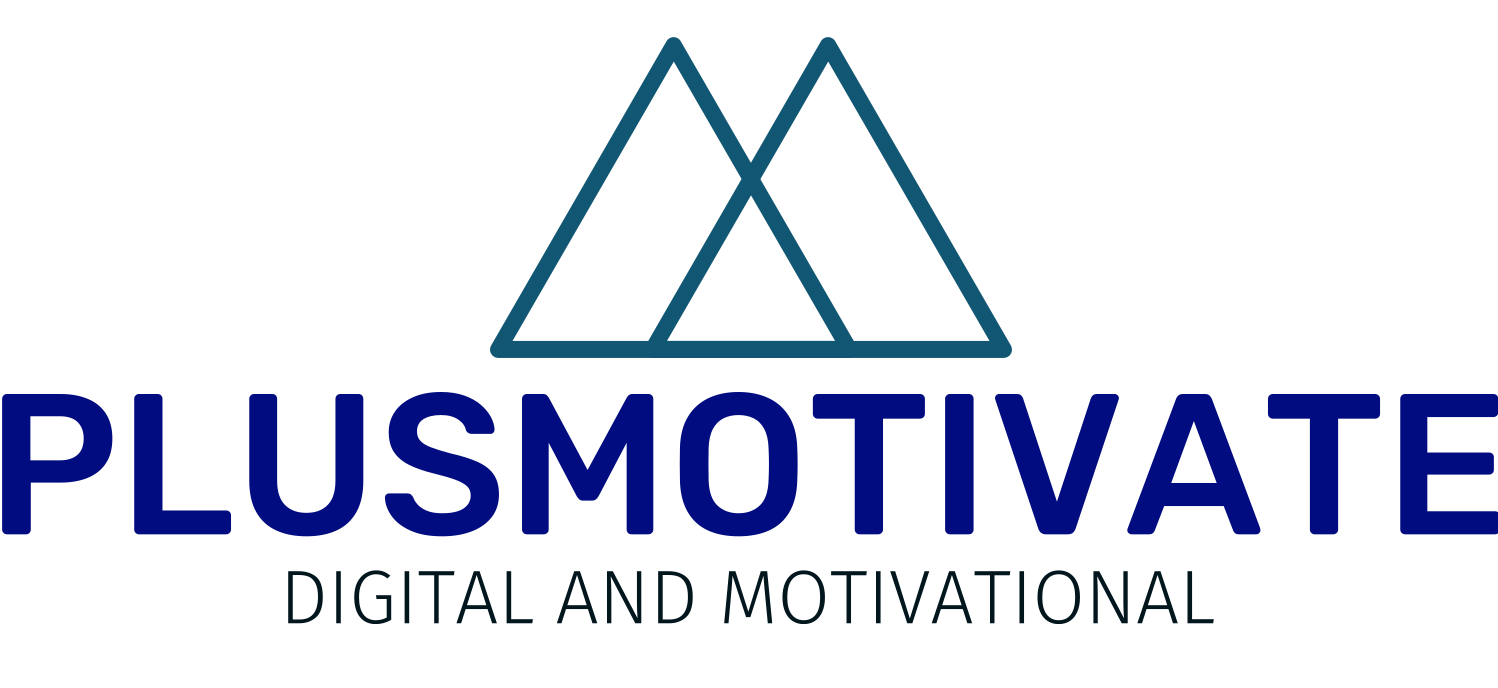Content Marketing

What is Content Marketing?
The process of producing and disseminating useful material with the goal of luring and retaining a certain audience is known as content marketing.
The core of content marketing is the generation and dissemination of worthwhile, pertinent, and consistent information. While quietly marketing goods or services, it seeks to draw in and hold the target audience.
The main goal of content marketing is to draw in and keep the attention of a target audience by producing and distributing valuable, pertinent, and consistent materials. It aims to deliver information, address issues, and promote the brand as an authoritative source, going beyond simple sales pitches.
Content marketing has become a crucial component of any effective marketing plan in the digital age since it can help companies raise brand awareness, gain the confidence of their target market, and eventually improve sales.
We will examine the essential components of content marketing, such as its advantages, the many kinds of content, the significance of a content strategy, and the best methods for producing and distributing information.
BENEFITS OF CONTENT MARKETING
Building brand awareness for organizations is one of the main advantages of content marketing. You can boost the number of visitors to your website and social media sites, which can help you reach a wider audience and raise your profile, by producing useful content that speaks to the needs and interests of your target audience.
Content marketing can help you establish your brand as an authority in your field in addition to helping you increase brand awareness. You can prove your knowledge and win your audience over by providing insightful and useful information. Sales may increase as a result, as consumers are more willing to patronize companies they believe to be authorities in their sector.
The ability to create leads and sales is another advantage of content marketing. You may bring in more quality leads to your website and social media pages by producing content that meets the problems and requirements of your target audience. With the use of tailored content, these leads can subsequently be developed and eventually turned into paying clients.
TYPES OF CONTENT
Businesses can produce a wide range of content formats to aid in their content marketing initiatives. The most well-liked content categories include:
- Blog posts: Sharing educational and interesting content with your audience through blog articles is a terrific idea. They may assist you in building your brand’s reputation as an authority in your sector and in boosting website traffic.
- Infographics: Infographics are visual displays of information or data. They can be an excellent approach to convey complicated information in a captivating and understandable way.
Videos are a particularly interesting type of material that can help you establish a stronger connection with
your audience. They can be used to promote your goods or services, share client endorsements, or offer
informative material.
- Social media posts: You can use social media postings to develop your brand and regularly interact with your audience. They can be used to distribute business information, marketing materials, or behind-the-scenes material.
- Whitepapers and ebooks: These longer-form content types are created to offer in-depth knowledge on a specific topic. They can be a fantastic approach to prove your knowledge and benefit your audience.
IMPORTANCE OF CONTENT STRATEGIES
A content strategy should be in place in addition to producing good material, which is crucial for the success of content marketing. A content strategy outlines your plans for producing, distributing, and using your content.
The following components should be part of a content strategy:
- Objectives: What are you hoping to accomplish with content marketing? Are you attempting to increase brand recognition, produce leads, or increase sales?
- Audience: Who are you trying to reach? What are their demands and areas of pain? What kind of material can you provide that relates to their interests and issues?
- material types: What kinds of material are you going to produce? How frequently will you release fresh content?
- Channels: How will your content be distributed? Are you going to employ email marketing, your website, social media, or other channels?
- Metrics: How will the effectiveness of your content marketing initiatives be determined? Which KPIs (key performance indicators) will you monitor?
You can make sure that your content marketing initiatives are in line with your company’s objectives and that your material is geared toward your target audience by putting in place a clear content strategy. This could assist you in producing more persuasive content that connects with your audience and eventually increases sales.
BEST PRACTICES FOR CREATING AND DISTRIBUTING CONTENT
When it comes to creating and distributing content, there are several best practices that businesses should follow. These include:
- Be aware of your audience: It’s critical to identify your target audience before producing any content. This entails being aware of their requirements, interests, and pain areas as well as their preferred channels for content consumption.
- Produce useful content: Content that benefits your audience is the most effective content. This can be informational content, entertainment, or content that meets a particular need or solves a particular problem.
Utilize a range of content kinds to reach a larger audience and keep your content interesting and relevant. Blog
entries, infographics, videos, social media posts, whitepapers, and ebooks can all be included as part of this.
3. Improve your content’s SEO: By improving your content’s SEO, you may drive more organic visitors to your website. Use of pertinent keywords, the production of excellent content, and headline- and meta-
description-optimization are all part of this.
- Market your content: Writing quality content is just the beginning. In order for your content to reach your target audience, you must also market it. This can involve promoting your material via social media, email marketing, or paid advertising in order to attract a larger audience.
- Track your results: It’s critical to monitor the performance of your content marketing initiatives in order to determine what is and isn’t working. Tracking metrics like website traffic, social media interaction, and lead creation can be a part of this.
CONCLUSION
The world of content marketing is always changing, so success depends on staying updated with the newest ideas and techniques. Businesses can build their brand, engage their audience, and eventually increase sales by producing meaningful, engaging content and distributing it through the appropriate channels. Businesses may develop their content marketing efforts and stay ahead of the competition by adopting cutting-edge techniques like personalization, influencer marketing, and interactive content.
Businesses may effectively create their brands, establish their authority, and increase sales through content marketing.
Your blog, website, and social media pages will receive more traffic if you provide useful content that speaks to the wants and requirements of your target audience. This will help you turn more leads into actual paying customers.
A defined content strategy and adherence to best practices for content creation and distribution are essential for the success of content marketing. You can design a successful content marketing program that produces tangible benefits for your company by knowing your audience, producing useful material, and advertising it through the appropriate channels.


